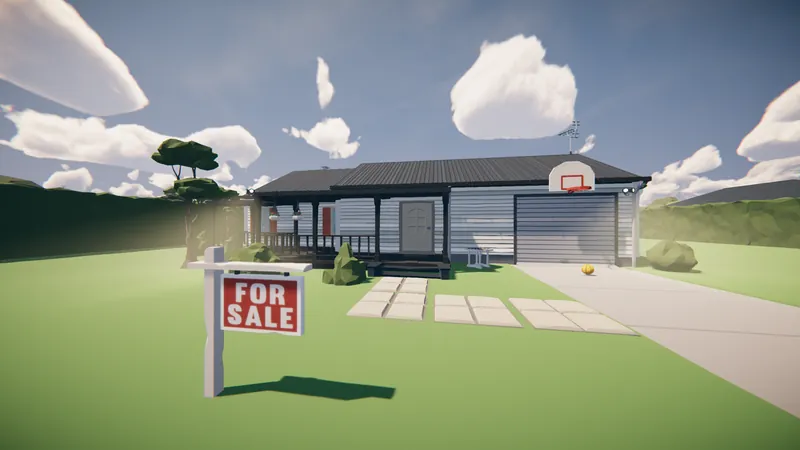
Nvidia's Upcoming RTX 5090: 32GB of VRAM and Power Demands Set to Shock Gamers!
2024-09-26
Introduction
Nvidia is gearing up to launch its highly anticipated GeForce RTX 5090 graphics card, and the latest rumors indicate that it will be equipped with a staggering 32GB of GDDR7 memory. This revelation comes from hardware leaker Kopite7kimi, who has shared intriguing details about both the RTX 5090 and its sibling, the RTX 5080, which are expected to raise the performance bar significantly.
Power Specifications
The RTX 5090 is rumored to operate with a jaw-dropping power specification of around 600 watts. However, there seems to be some ambiguity regarding whether this figure pertains to the total power draw of the entire GPU board or just the chip’s consumption. Regardless, what’s clear is that this new powerhouse will demand a substantial increase in power compared to the RTX 4090, which requires 450 watts—a notable leap of 150 watts.
Specifications Comparison
In terms of specifications, the RTX 5090 boasts an impressive 512-bit memory bus and a whopping 21,760 CUDA cores, placing it well beyond the capabilities of its predecessors. The RTX 5080, in turn, is expected to draw 400 watts—up from the RTX 4080’s 320 watts—while featuring 16GB of GDDR7 memory and a 256-bit bus with 10,752 CUDA cores.
Reliability of Leaks
Kopite7kimi has built a reputation for reliable leaks over the years, including early reveals of the RTX 3090 and RTX 3080, and has consistently provided valuable insights into Nvidia’s upcoming hardware. Notably, they accurately predicted other specifications and power requirements across previous generations, including the RTX 4090.
Release Date Speculation
While the specs for Nvidia's RTX 50-series cards may have surfaced, the release dates remain shrouded in mystery. Sources indicate we could potentially hear more about these revolutionary GPUs during the Consumer Electronics Show (CES) in early 2025, a highly awaited event for tech enthusiasts and gamers alike.
Impact on Gaming and Content Creation
As Nvidia charts its course for the next generation of graphics cards, a question lingers: What does this leap in hardware capability mean for gaming and digital content creation? With more power, gamers can expect higher fidelity graphics, faster frame rates, and the ability to tackle the most demanding applications with ease. Buckle up, because the future of gaming is about to get a massive upgrade!









 Brasil (PT)
Brasil (PT)
 Canada (EN)
Canada (EN)
 Chile (ES)
Chile (ES)
 España (ES)
España (ES)
 France (FR)
France (FR)
 Hong Kong (EN)
Hong Kong (EN)
 Italia (IT)
Italia (IT)
 日本 (JA)
日本 (JA)
 Magyarország (HU)
Magyarország (HU)
 Norge (NO)
Norge (NO)
 Polska (PL)
Polska (PL)
 Schweiz (DE)
Schweiz (DE)
 Singapore (EN)
Singapore (EN)
 Sverige (SV)
Sverige (SV)
 Suomi (FI)
Suomi (FI)
 Türkiye (TR)
Türkiye (TR)